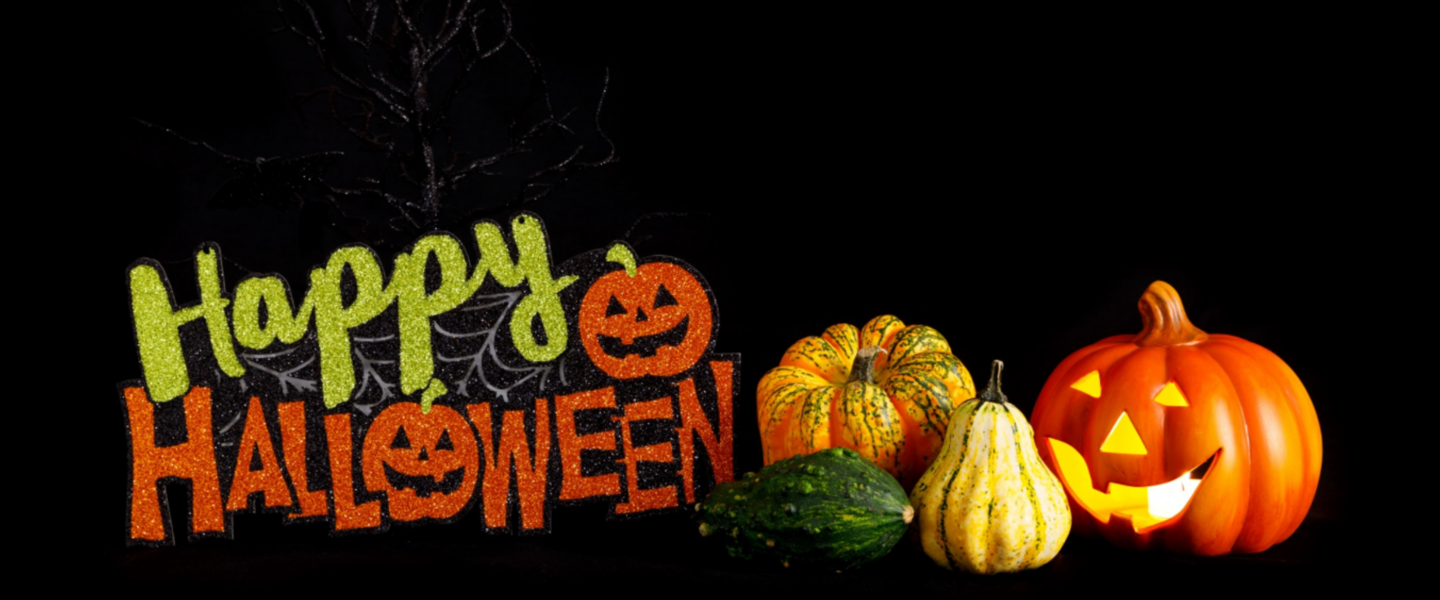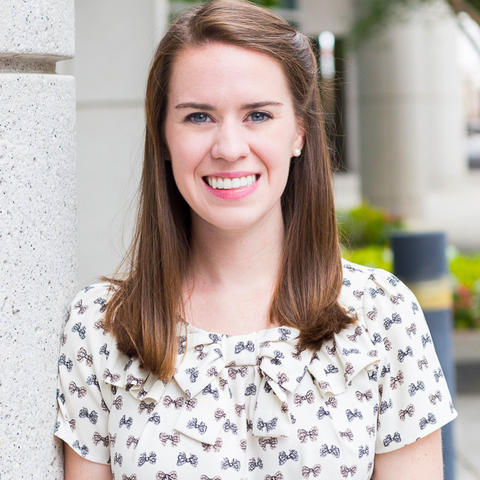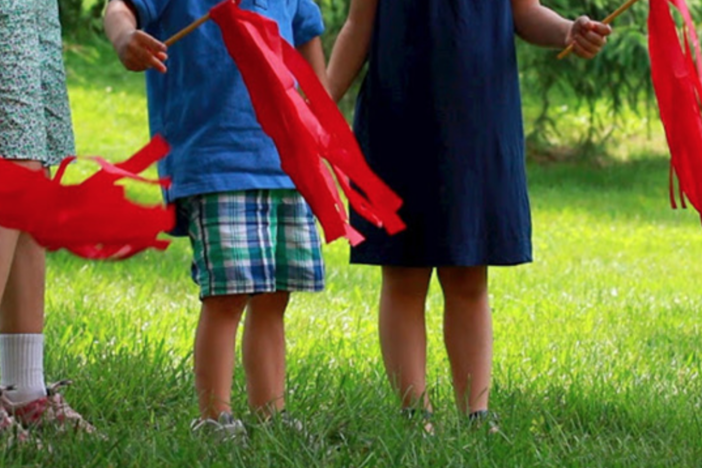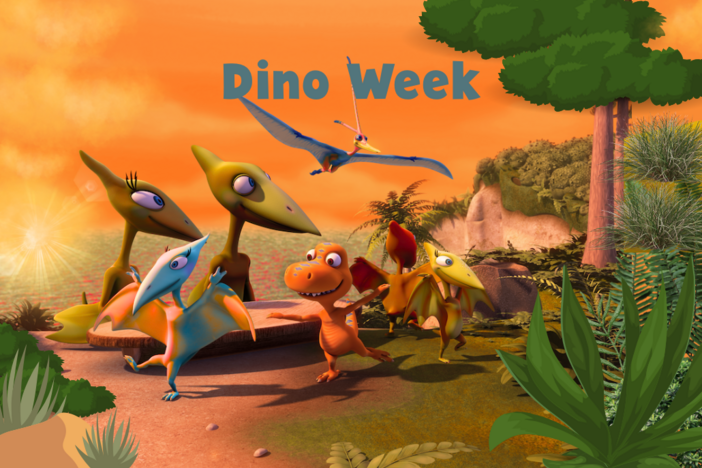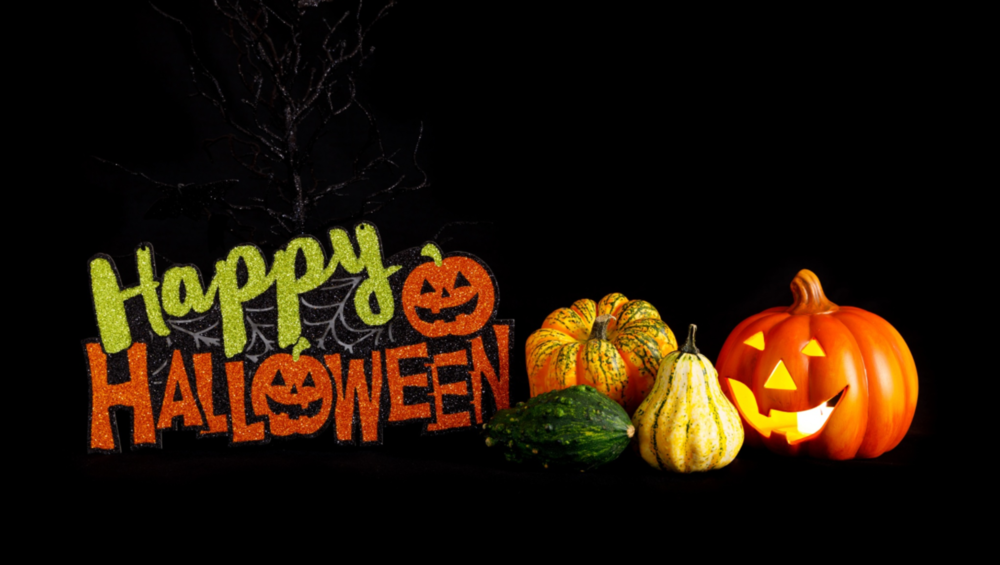
Section Branding
Header Content
15 Spooktacular Classroom Resources For Halloween
Primary Content

Halloween dates back thousands of years to the Celtic people of ancient Europe, who recognized October 31 as the last day of autumn and had festivals to celebrate. This was the time that the regular world and spirit world were thought to be closest, so people wore masks and costumes to fend off roaming ghosts. Over time, the holiday evolved into a secular and community-based event known for activities like trick-or-treating and bobbing for apples that we love today. Use the following resources and activities for your kids at school or at home!
1. Halloween | All About the Holidays
Grades: 2-6
Halloween hasn't always been about candy and costumes. Take a look back at the historical traditions about spirits that are the basis for this holiday. You're in for a treat!
Grades: PreK-12
Halloween is a time to celebrate superstition and changing seasons, and this collection aims to do just that. Make slime, use math to share candy, study zombie brains, and explore the concept of fear with these videos and lesson plans for PreK-12.
3. What Is Fear? | Spot on Science
Grades: 3-8
Why do scary movies make you jump? Or snakes make you run? Margaret's got the details on why we have fears and how our body responds to scares.
4. Halloween Special: Watch Flesh-Eating Beetles Strip Bodies to the Bone | Deep Look
Grades: 6-12
Dermestid Beetles are fast and fastidious eaters. They can pick a carcass clean in just days leaving even the most delicate bone structures intact. This makes them the perfect tool for museum scientists—if you keep them far, far away from valuable collections.
5. How to Make Oobleck | Full-Time Kid
Grades: K-5
Whether you call it slime, gak, or oobleck, you've got to try this fun and easy science experiment! Mix cornstarch and water, add food coloring and watch it dance!
6. Supernatural Elements in Macbeth
Grades: 9-12
In this self-paced lesson, students explore how Shakespeare uses supernatural elements in Macbeth. The lesson begins with an exploration of beliefs about the supernatural and witchcraft in Shakespeare’s time as presented in a segment from Shakespeare Uncovered. Students turn to the text of Macbeth and analyze the action, imagery, characterization, and language of Act I, Scene iii (the scene in which Macbeth and Banquo first encounter the witches and hear their predictions). Then, students view another segment from Shakespeare Uncovered and explore key questions about the role of the witches in the action of Macbeth. Finally, they examine other supernatural episodes in the play and produce a paper exploring the impact and meaning of one of these episodes. This lesson is best used after a reading of Macbeth.
7. Sharing Halloween Candy | Cyberchase
Grades: 3-6
In this video segment from Cyberchase, Buzz, Delete, and Harold are trying to share 18 pieces of candy equally among themselves. Jackie helps them by demonstrating how to divide the candies equally by distributing the candies in rounds.
Grades: PreK-2
It's Halloween, and the kids are learning how to make icky, gooey green slime! The key ingredients are corn starch, water and green paint. Learn how different amounts of each ingredient changes the consistency of the slime. Discover how the slime is a substance that can be both a liquid and a solid.
9. Celebrating the Day of the Dead in Georgia | Georgia Stories
Grades: 5-9
More than 250,000 people of Mexican heritage live in Georgia. They bring with them not only a different language, but a variety of customs and beliefs that enrich Georgia's culture. The Day of the Dead is one of them. Many people join in the Day of the Dead celebration at Atlanta's Mexican Cultural Center on November 1-2. It is a little like Halloween, not only because of the date, but also because skeletons are used to represent death.
10. PBS NewsHour Presents: The Zombie Autopsies
Grades: 8-12
These original lessons build upon each other, using the undead to teach the living about the brain. The lessons follow an accompanying plot line where the world is fighting a zombie apocalypse and the best and the brightest young people are being trained as medical students – with a specialty in neuroscience – with the hopes that they will be able to provide a cure to this terrible epidemic and save humanity.
11. "The Raven" | Edgar Allan Poe: Buried Alive
Grades: 6-12
Nevermore, Lenore! Learn about the story behind Poe’s famous poem, “The Raven,” in this video from the American Masters film Edgar Allan Poe: Buried Alive. Check out the support materials for discussion questions, teaching tips, and handouts that provide a variety of fun ways to share the poem with students.
12. The Boo Hag
Grades: 6-12
North Carolina-based storyteller Donna Washington tells a scary tale from the Gullah culture about a man and his beautiful wife—who is not what she seems to be. The story explains the Gullah tradition of painting doors and windows blue to keep witches away.
Grades: 3-8
Sam DuBois, is a lanky 13-year old, who founded the Albany Haunt, an elaborate haunted house sprawling across the front yard and down the driveway at his parents' home in Albany, California. DuBois is donating the money he raises to his local food bank.
14. Frankenstein | The Great American Read
Grades: 6-12
Experts and artists talk about the lessons in Mary Shelley's masterpiece, Frankenstein. They explore how the book is about more than a fear of science, but the consequences of not taking care of your creations and letting hubris get in the way. Mary Shelley started writing the book at the age of 18, and in 2018, the book celebrated its 200th anniversary. This classic horror story has a much deeper tale to tell.
15. Is Fear Contagious? | Gross Science
Grades: 6-12
Learn how fear may be contagious, in the video from NOVA’s Gross Science series. Animals give off bodily secretions called pheromones that can communicate information, such as potential threats, to other members of the same species. Similarly, humans release chemosignals in sweat when they are scared or stressed. Studies have shown that chemosignals in human sweat may transmit information about emotion to people who smell them. In addition, humans tend to mimic the feelings of people around them in a form of emotional contagion, spreading positive or negative emotions in a group.
Find more Halloween-themed resources by following GPB Education on Twitter and Facebook!
